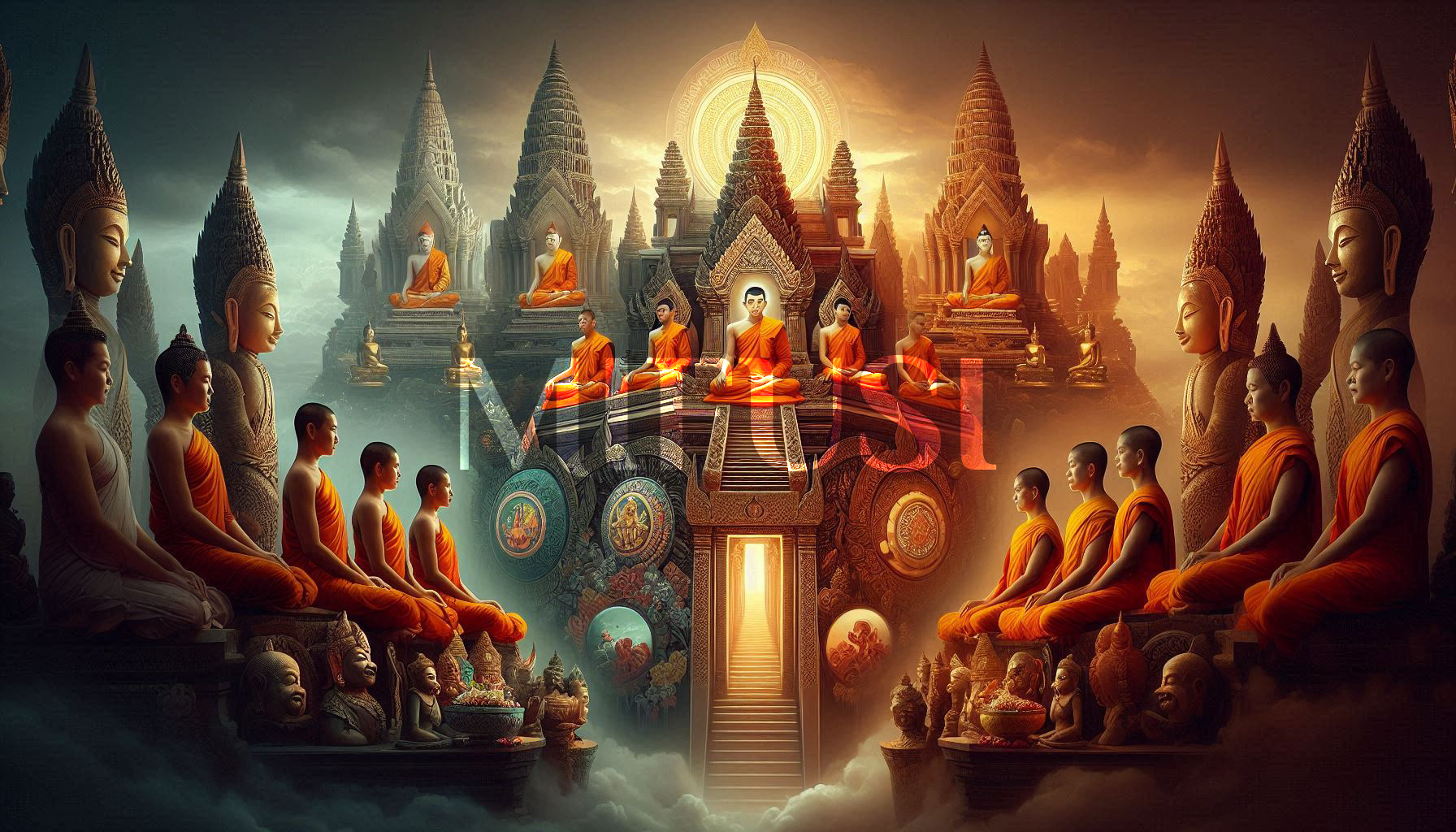Story 4 – Chimdada’s quest for Magic
Câu chuyện số 4 – Chimdada cầu đạo by ThầyGià – 12 November 2008, 06:19 – translated by NgocXuan – edited by Horangi
Cambodian religious beliefs originated in Brahmanism, which venerates three supreme deities: Brahma, the Supreme God; Vishnu, the Deity of Preservation and Shiva, the Deity of Destruction. Over time, Mahayana Buddhism was introduced to Cambodia but was soon succeeded by Theravada Buddhism, which has since become the national religion. Today, the practice of Theravada Buddhism in Cambodia shares similarities with the religious traditions and magic arts found in Thailand, Laos, and Myanmar (Burma).
The practice of Theravada Buddhism in Cambodia has notable parallels with the religious traditions and magical arts observed in Thailand, Laos, and Myanmar (Burma). Yet, the situation is more complex than it initially appears. Theravada monks specifically honor Buddha Sakyamuni, diverging from Mahayana Buddhism’s reverence for the “Buddhas and Bodhisattvas of the ten directions.” Despite this focus, Theravada practitioners in Cambodia engage extensively with magical charms and talismans. These objects are not kept secret; rather, they are almost openly available to those who seek their aid. Significant collections of these charms and talismans, which have been passed down through generations of patriarchs, are housed in prominent locations such as the Cambodian Imperial Library and the nation’s largest pagoda.
A few years ago, Monk DaDa obtained two sets of approximately fifty pages each, containing spells, charms, and yantras, from the Imperial Library in Cambodia and gifted one set to Old_Guru. From a very young age, Cambodian monks are exposed to the magical arts and spells, having seen their gurus sell them to those who requested. Despite adhering to the Pali Buddhist scriptures, the Theravada monasteries in Cambodia are rich with magical arts and spells associated with the deities of Brahmanism.
Monks are introduced to amulets and spells from an early age, a practice upheld by their teachers for seekers. Despite daily chanting of Buddhist scriptures in Pali, the temples are rich in Brahmanism’s magical amulets and spells. Senior monks are revered more for their miraculous acts than for monotonous scriptural recitations.
Monk Dada himself recently confessed to Old_Guru, stating, “The magic is dark and it belongs to Brahmanism.” However, Old_Guru sees it differently, asserting, “It appears dark, yet it is pure, for behind the spells stand the deities and the Supreme God” (Old_Guru will explain this in greater detail later).
Brahmanism, though not formally documented, might be deeply ingrained in the subconscious beliefs of Theravada monks across Southeast Asia. Hence, from a very young age, Chimdada had been consistently seeking the aid of various deities, widely acclaimed in folklore for their miraculous powers. As he grew older, with the earnings from his fortune-telling, Chimdada decided to dedicate offerings and seek instruction from more than 90 reknown masters of magic.
Practitioners should not be mistaken in thinking that performing miracles, or magical acts, is unrelated to their spiritual path. A religion devoid of miracles and the mystical interventions of divine entities is at risk of becoming lifeless—a mere shell without the essence of spirituality.
Going back to Monk DaDa’s pursuit of magical knowledge, he shared with Old Guru that each of the 90 gurus from whom he sought to learn magic had their own demands for offerings. Some requested a buffalo, others demanded significant sums of money, and the most peculiar request came from a guru who desired a gold chain long enough to extend from head to toe.
Dada’s spiritual quest bears resemblance to the journey of the Bodhisattva known as Disposing of Hindrance, as depicted in a Mahayana Sutra. According to the sutra, the Buddha guided this Bodhisattva to present the most valuable offering to an unassuming monk. The purpose was to acquire the mantra “Om mani padme hum,” associated with the Bodhisattva Kwan Shi Yin, highlighting the importance of sacrifice and dedication on the path to spiritual wisdom.
Until next time
Old_Guru 15-08-08
Related Post

Receiving the celestial scroll
Receiving the celestial scroll Ấn chứng thấy Phật - Chúa by Kita on 14 July 2011, 17:08 - translated by...
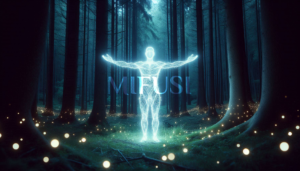
Story 10 -Mystical Practice of Invibility
Story 10 -Mystical Practice of Invibility Câu chuyện số 10 - Phép Tàng Hình by ThầyGià on 12 November 2008,...

Pros and cons of Old Guru Secret Teaching
Pros and cons of Old Guru Secret Teaching (Lý luận về Mật tông Thiên Đình by Mộc Trúc on Fri...
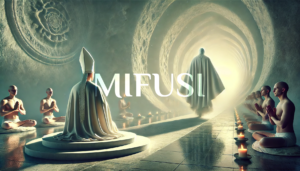
Wish Fulfilling Yantra #28 – Conversation with a lama
Wish Fulfilling Yantra #28 – Conversation with a lama TCTĐ số 28: đàm đạo với “pháp vương” by thachanhtrang on...
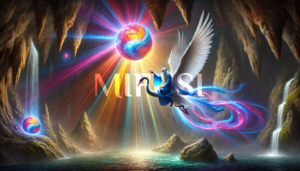
The Wish-Fulfillment Yantra Vision
The Wish-Fulfillment Yantra Vision Linh ảnh khi làm lễ thỉnh lá phép TCTĐ - by Tường Lãm - translated by...

Which Religion Reigns Supreme?
Which Religion Reigns Supreme? (Đạo Hay Nhất! by như-ý on Mon Feb 09, 2009 3:05 pm Translated by Xiaobaiyun.) The...
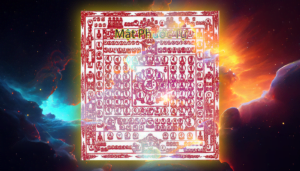
Chapter I: I – Notions of Secret Buddhism (Part 1/6)
This sect is called Secret Buddhism or Secret Doctrine for the following reasons: I. The Founder of Secret Buddhism. The...

The privilege of making offerings to Grandmaster/Teacher
Được Thánh thần cho phép cúng dường by Quế An on 26 Oct 2016, 19:08 - translated by Horangi Bowing...
